- EVGA offered exceptional overclocking, where they hired experts and physically changed the GPUs to push their limits.
- They offered the best customer service, and even offered to replace older cards with new ones free of cost.
- All of EVGA’s advances were of concern to Nvidia, as they were losing money and had plans to switch from native resolution to upscaling.
EVGA’s departure from manufacturing GPUs for Nvidia was devastating for the PC community. EVGA was one of Nvidia’s most trusted AIB partners, which not only provided great quality but was also known for its incredible innovations.
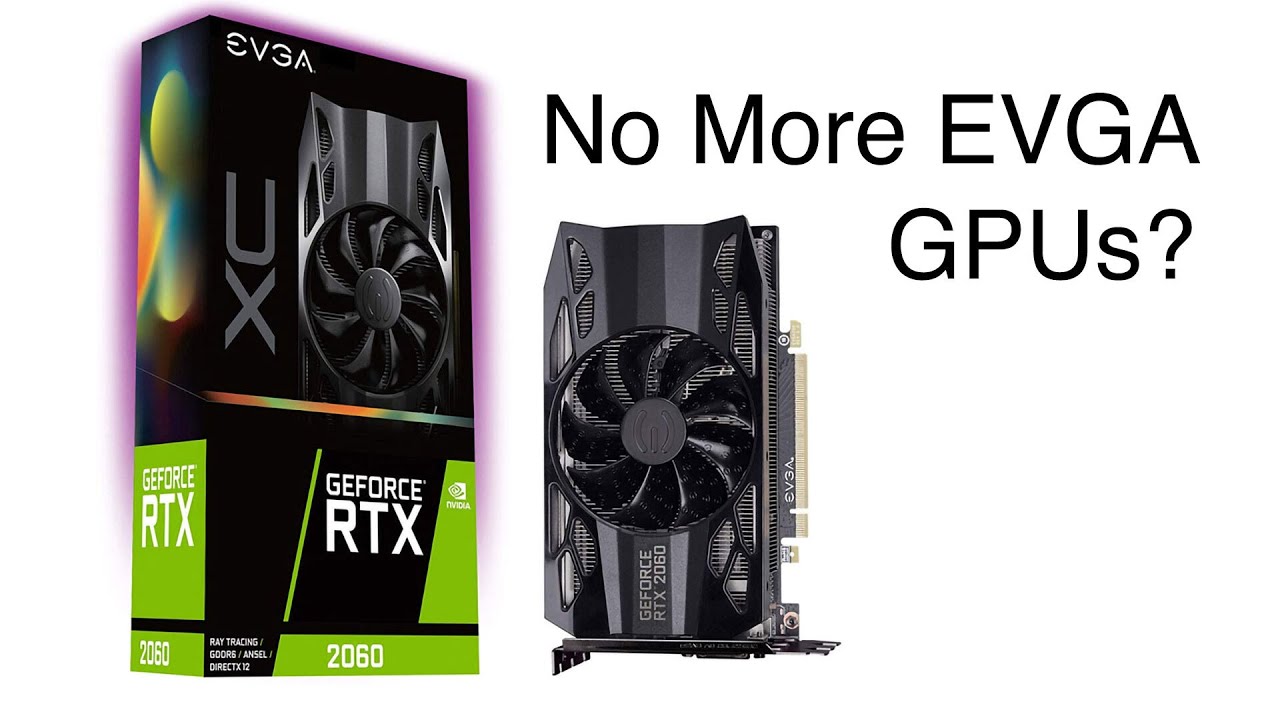
We Can’t Have EVGA’s Standards Ever Again
Now, its absence is deeply felt in the gaming community, especially with the release of the RTX 50 series, and it feels like a significant loss to the consumers who actively relied on their cards for performance and reliability.
Since 1999, EVGA has introduced innovative ideas and offered great customer service, and its strong commitment to upholding high values sets a high standard for its competitors.
Exceptional Overclocking
EVGA was a leader in pushing the limits of graphics cards by overclocking. While many companies still offer OC variants for their GPUs, EVGA was different as they made true overclocks for their GPUs.
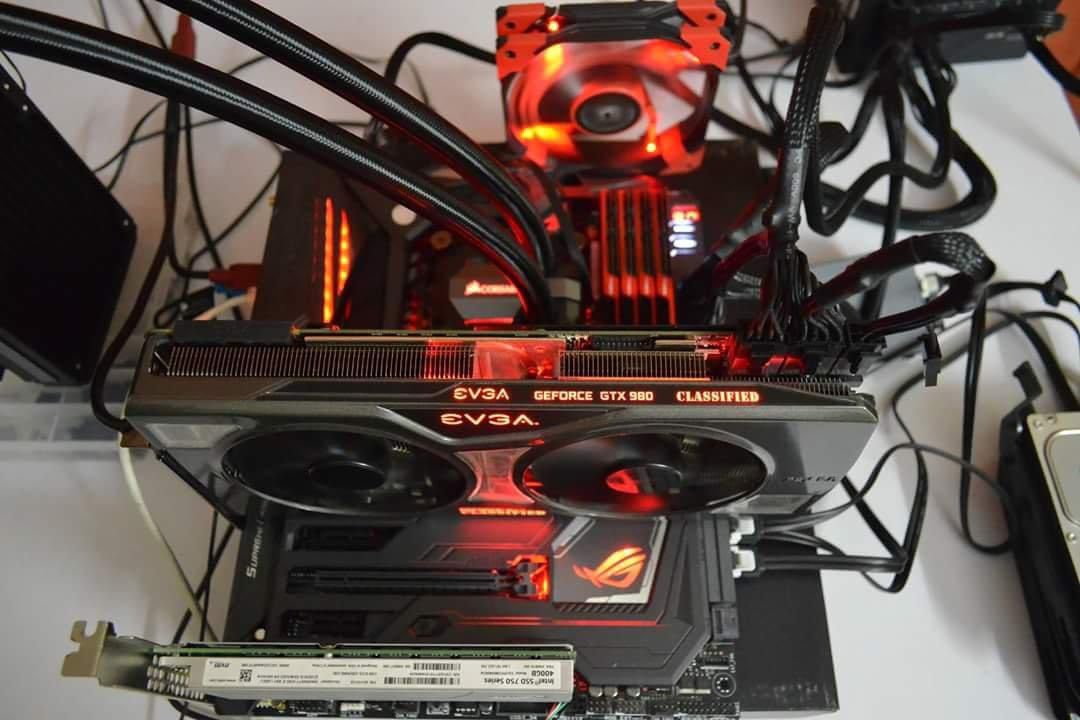
They wanted all cards to surpass their capabilities, and this could be achieved via overclocking. They even physically modified the card’s chipsets to achieve even better results when it comes to overclocking.
Their RTX 3090 was one example of how stupendously powerful graphic cards they used to make, which could be overclocked from 1695MHz to a whopping 2105MHz, something we don’t see today.
Collaborating With Kingpin
Not only that, but they also hired the overclocking expert, Kingpin. Now, Kingpin and his team were like scientists who created one of the beefiest overclocking cards that you don’t normally find today.
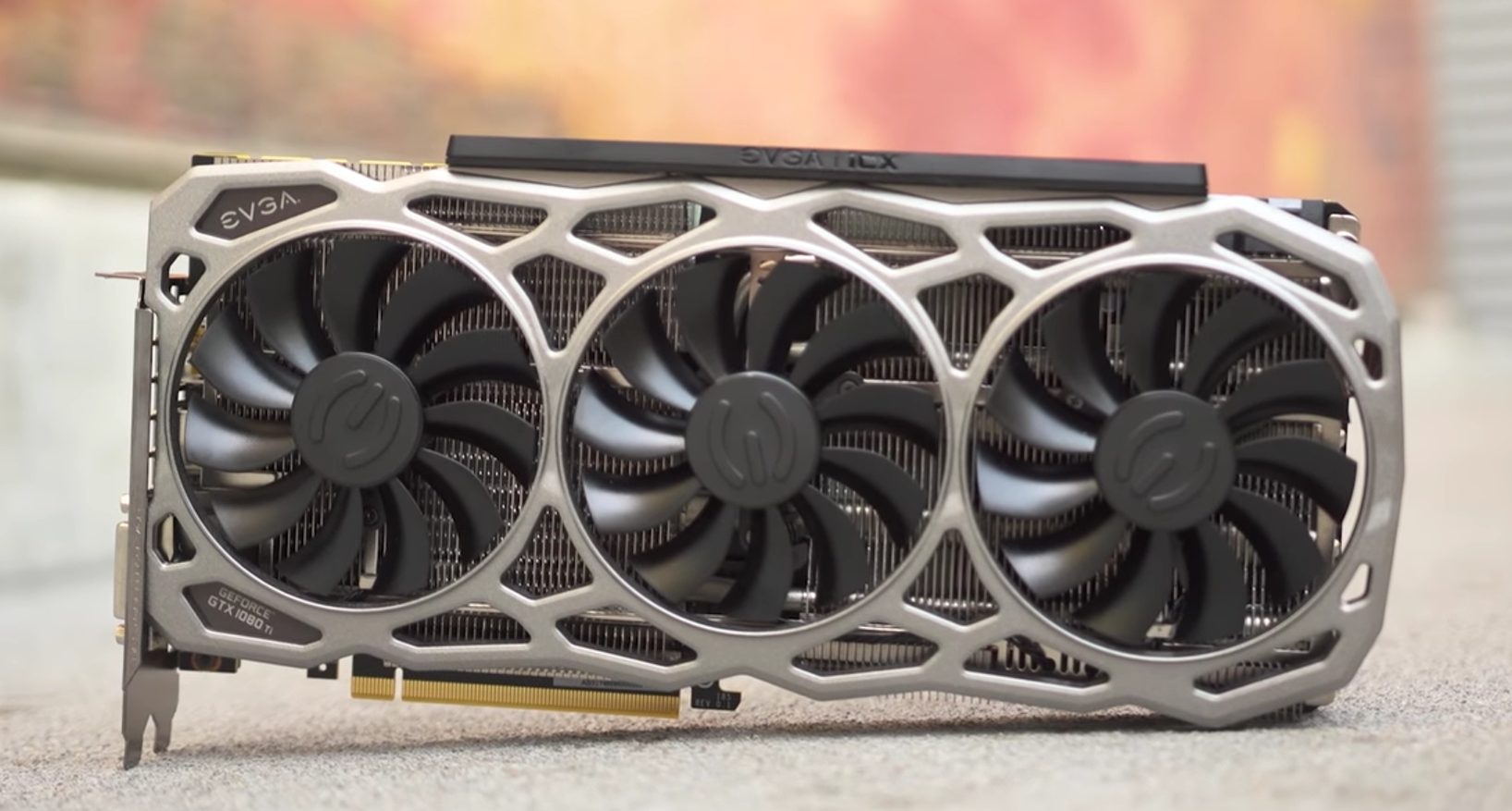
After the EVGA’s breakup from Nvidia, even Kingpin reveals that he won’t be working for Nvidia. This shows his loyalty towards EVGA, as he refuses to work with Nvidia without EVGA.
However, when these cards became a bit too powerful, that’s when Nvidia began to become concerned. They wanted EVGA to tone down, while EVGA pushed back, insisting they want more room for overclocking.
Unmatched Customer Service
EVGA’s determination to have high overclocks was a reflection of how much they cared about the community. Not only were they great in overclocking, but they also had excellent customer service to this day.

When EVGA was at the top, they took care of their community. They always went the extra mile, replacing the products for their customers without charging a dime extra.
For instance, a person was scammed into buying an older GPU, and EVGA went ahead and replaced it with a new one at no cost. Even now, EVGA continues to handle warranties and even replace customers’ damaged hard drives.
Offered Affordable Upgrades
Even when looking at other AIB brands that Nvidia has right now, we can see the prices are sky high for the latest graphics cards. With EVGA, customers got a better deal almost every time.

EVGA uses its own calculation to determine shipping, tax, and rebates, so you can afford to upgrade. It was a much more consumer-friendly system than anything else out there right now.
Why EVGA Failed?
Then, as time passed, all the industry leaders such as Nvidia, AMD and Intel were ditching overclocking to transition to AI upscaling. This shift from high native resterization to DLSS put limits to overclocking, but it was still not dead.
Wave Of AI Upscaling
It was clear that Nvidia was moving in a different direction with their RTX 40 & 50 series. Both parties had mismatched goals, and EVGA was determined to stick to its values.
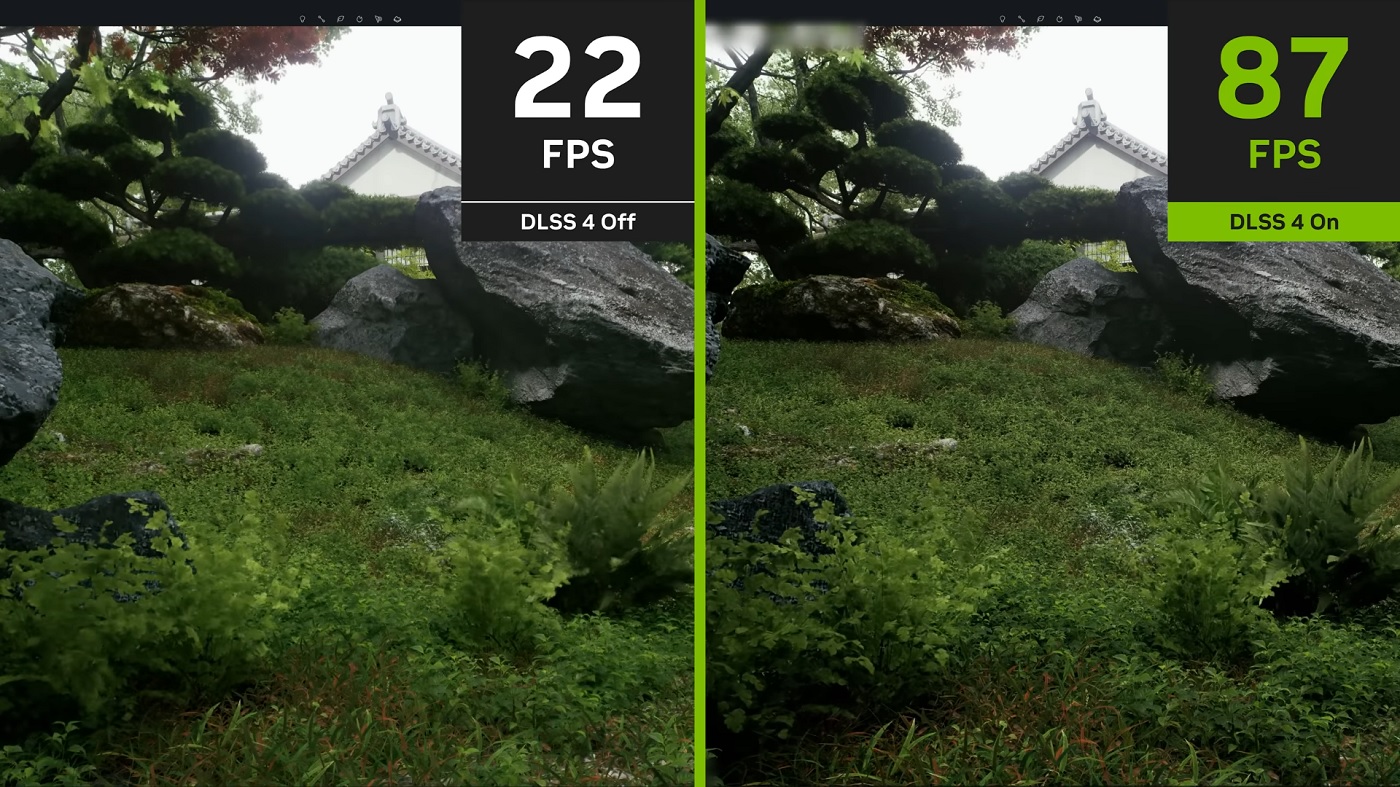
Now, if we take a look at the RTX 50 series, these cards rely heavily on DLSS 4. Even Nvidia claims that over 90% of the users will be using DLSS with the RTX 50 Series cards.
Most gamers would prefer to maximise the performance of a card and then utilise DLSS as an add-on, rather than relying heavily on it. But this won’t be profitable for Nvidia, which wants us to upgrade our cards more frequently.
Nvidia Can’t Afford To Lose
Imagine how much money Nvidia would be losing if people stuck to an incredibly powerful 40-Series card that would outperform most of the 50-Series cards. Nvidia can’t afford to lose, especially after losing $600 billion in shares.
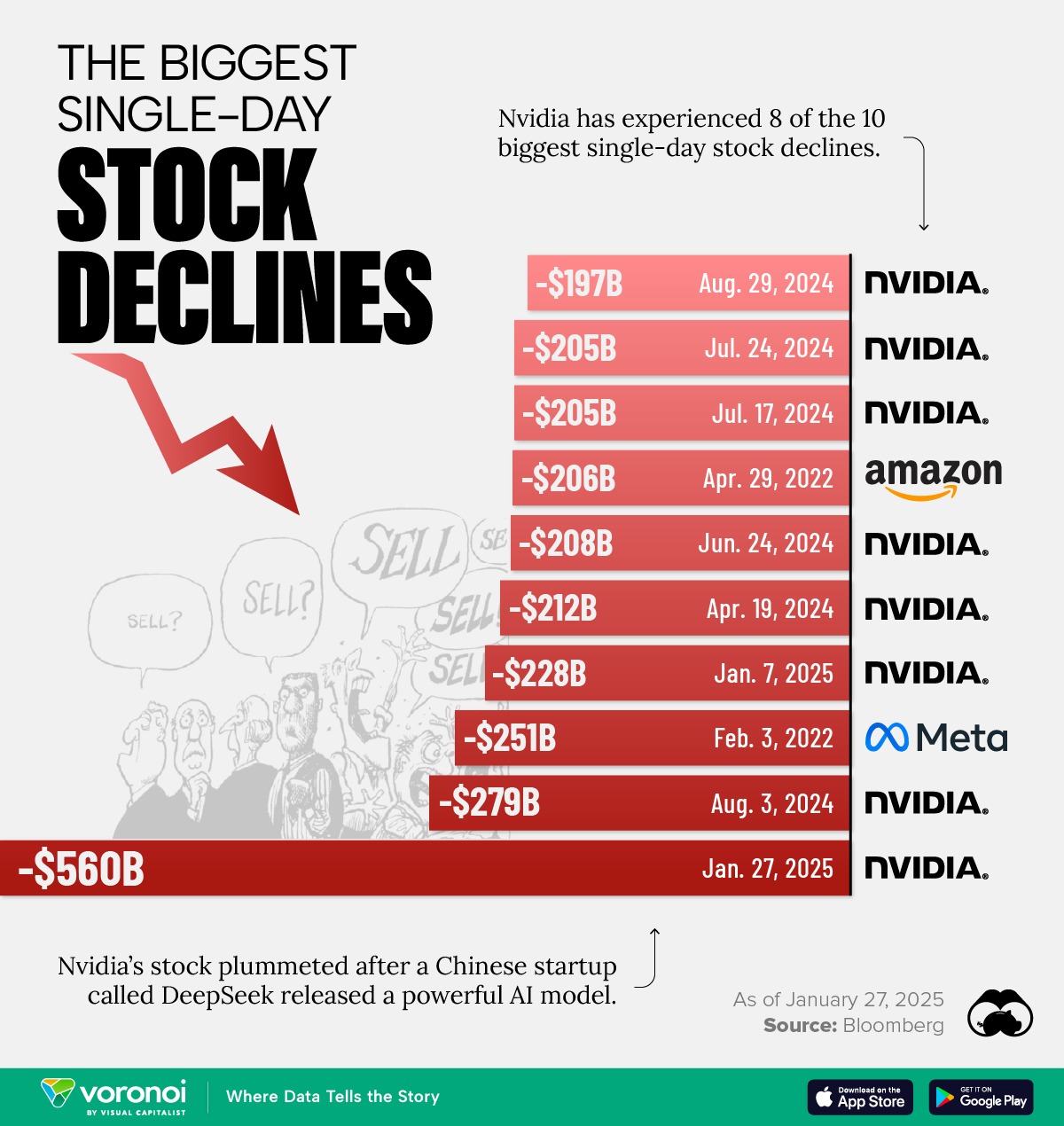
Additionally, Nvidia can’t avoid jumping on the latest technological advancements and has to keep on making sales, which seemed to be the case for the rushed RTX 50-Series.
Verdict
With EVGA’s exit, Nvidia’s dominance in the market has only grown and shows no signs of stopping. While we believe EVGA won’t be returning to Nvidia, we hope that other AIB brands will strive to follow EVGA’s footsteps.
Thank you! Please share your positive feedback. 🔋
How could we improve this post? Please Help us. 😔
[Comparisons Expert]
Shehryar Khan, a seasoned PC hardware expert, brings over three years of extensive experience and a deep passion for the world of technology. With a love for building PCs and a genuine enthusiasm for exploring the latest advancements in components, his expertise shines through his work and dedication towards this field. Currently, Shehryar is rocking a custom loop setup for his built.
Get In Touch: shehryar@tech4gamers.com




